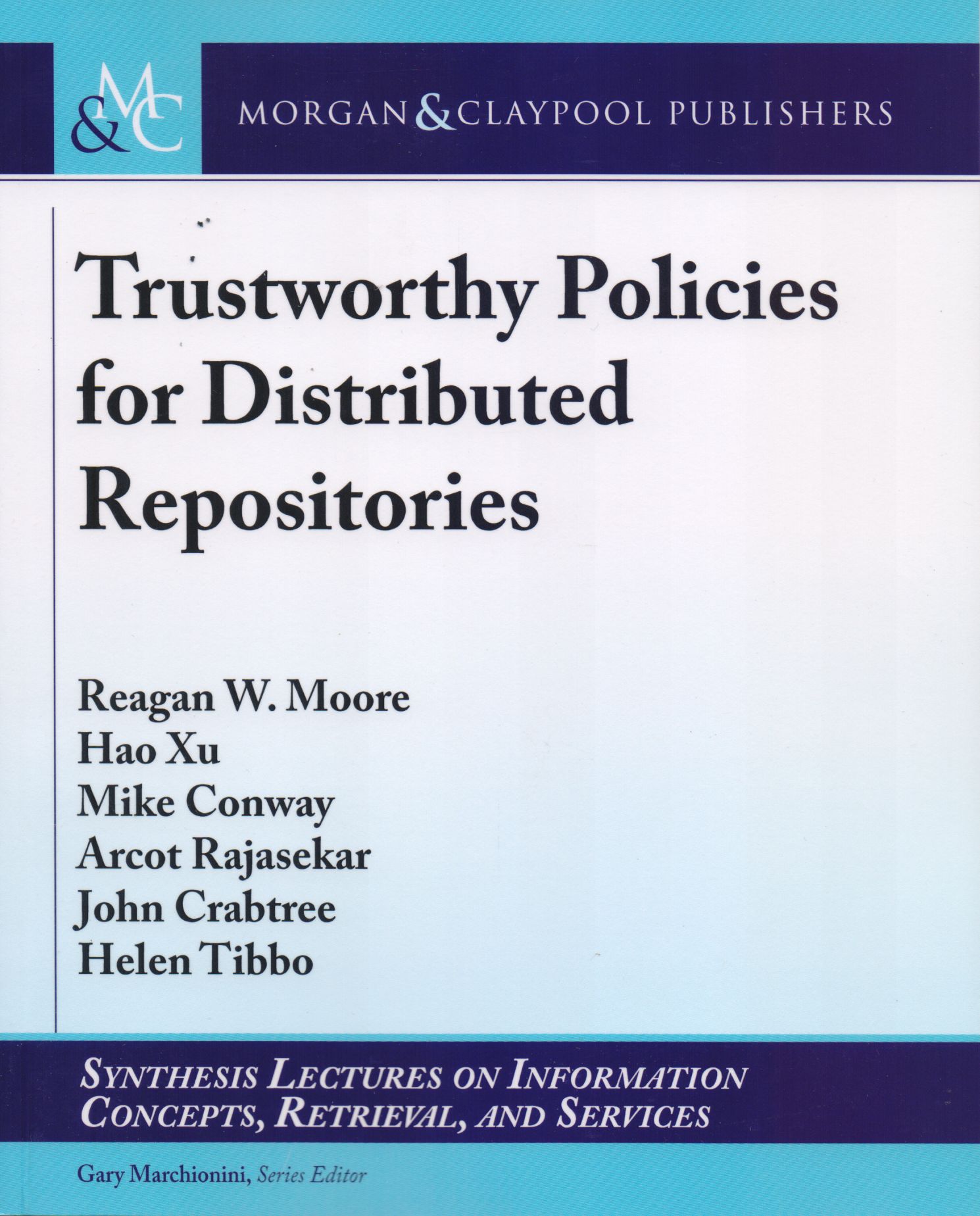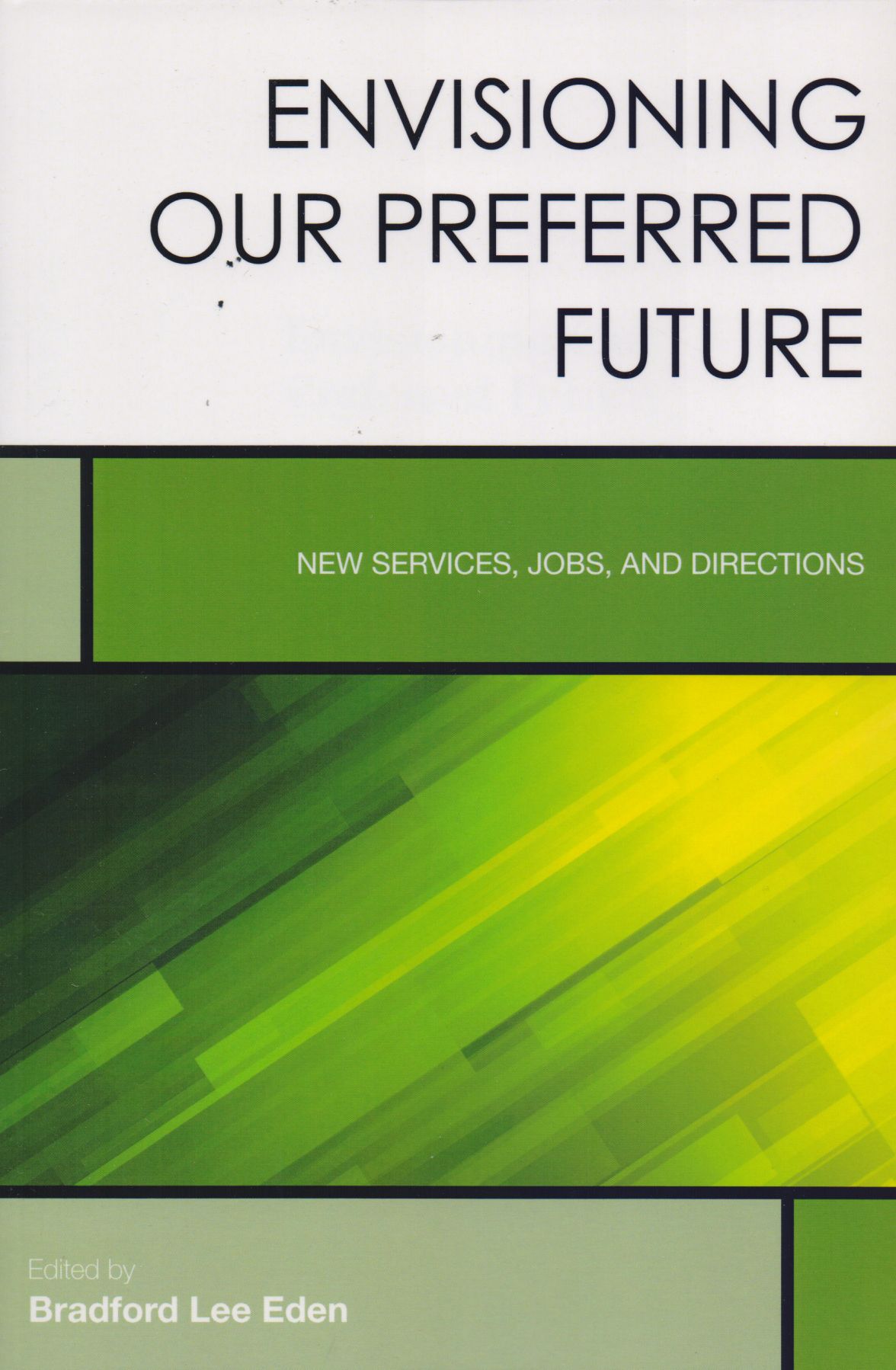Libros relacionados
 |
Scholarly Collaboration On The Academic Social Web He, Daqing / Jeng, Wei Morgan & Claypool Publishers |
 |
Database Anonymization: Privacy Models, Data Utility, And Microaggregation-Based Domingo-Ferrer, Josep / Sánchez, David / Soria-Comas, Jordi Morgan & Claypool Publishers |
 |
Dynamic Information Retrieval Modeling Hui Yang, Grace / Sloan, Marc / Wang, Jun Morgan & Claypool Publishers |
 |
Learning From Multiple Social Networks Nie, Liqiang / Song, Xuemeng / Chua, Tat-Seng Morgan & Claypool Publishers |
 |
Trustworthy Policies For Distributed Repositories W. Moore, Reagan / Xu, Hao / Conway, Mike / Rajasekar, Arcot Morgan & Claypool Publishers |
 |
Notion Of Relevance In Information Science, The: Eveybody Knows What Relevance I Saracevic, Tefko Morgan & Claypool Publishers |
 |
Semantic Interaction For Visual Analytics: Inferring Analytical Reasoning For Mo Endert, Alex Morgan & Claypool Publishers |


|
Título: Librarian's Introduction To Programming Languages, The | |
| Autor: Thomsett-Scott, Beth | Precio: $1375.00 | |
| Editorial: Rowman & Littlefield Publisher Inc | Año: 2016 | |
| Tema: Informacion | Edición: 1ª | |
| Sinopsis | ISBN: 9781442263338 | |
| The Librarian's Introduction to Programming Languages presents case studies and practical applications for using the top programming languages in library and information settings. While there are books and Web sites devoted to teaching programming, there are few works that address multiple programming languages or address the specific reasons why programming is a critical area of learning for library and information science professionals.
There are many books on programming languages but no recent items directly written for librarians that span a variety of programs. Many practicing librarians see programming as something for IT people or beyond their capabilities. This book will help these librarians to feel comfortable discussing programming with others by providing an understanding of when the language might be useful, what is needed to make it work, and relevant tools to extend its application. Additionally, the inclusion of practical examples lets readers try a small "app" for the language. This also will assist readers who want to learn a language but are unsure of which language would be the best fit for them in terms of learning curve and application |
||
Librería Bonilla SA de CV © Todos los derechos reservados. 2019
Última actualización: Jul 2019





